Guide
Meet Act-On.
Marketing Automation Best Practices Guide: Going from Good to Great

Follow these six best practices to achieve more advanced marketing automation — which delivers more leads, higher conversion rates, and better ROI.
Want to increase leads, boost conversion rates, and improve your marketing ROI? Of course you do. Focus on these six best practices to achieve big things through more advanced and effective marketing automation.
If you have the nagging feeling you could be doing more with marketing automation, you’re not alone. Only one in five B2B marketers surveyed said they were utilizing their marketing automation tools to their fullest potential.
For the other 80% of marketers, look on the bright side: you have a golden opportunity in front of you. Marketing automation is an incredibly powerful way to attract, engage, and convert more customers.
It can also feel incredibly complex, and hard to know where to start. But that’s why we’re here. Read on to learn how advanced techniques that help deliver the greatest possible value from your marketing automation efforts.
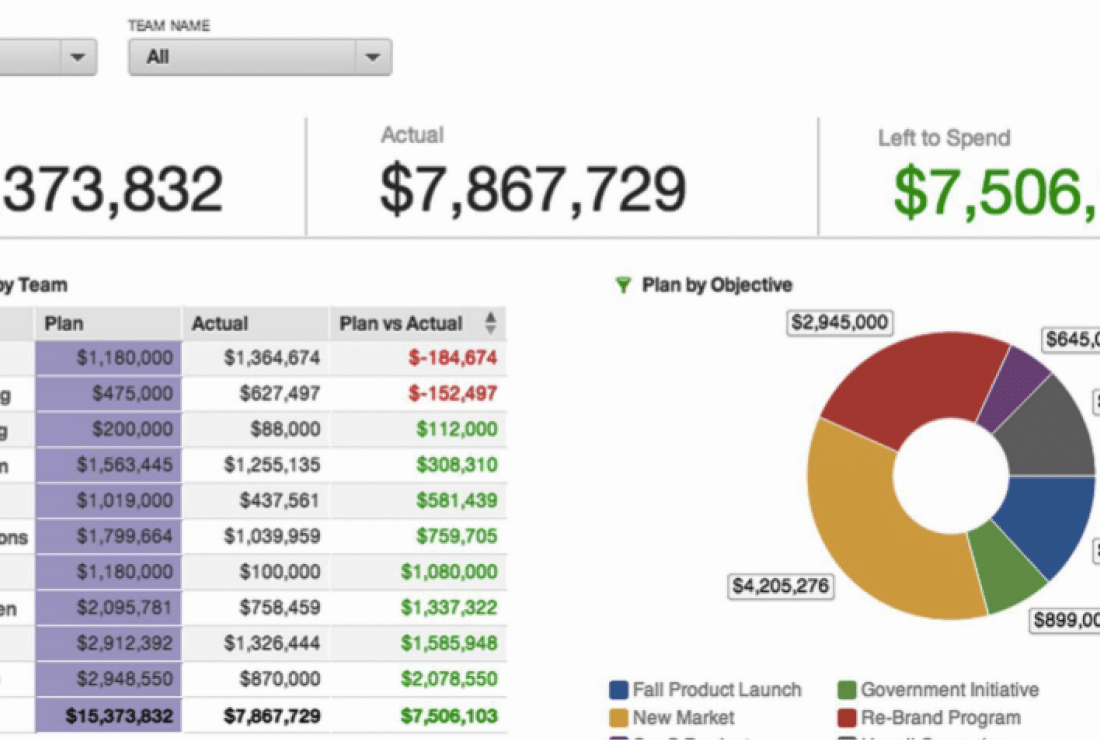
Follow these six best practices to achieve more advanced marketing automation — which delivers more leads, higher conversion rates, and better ROI.
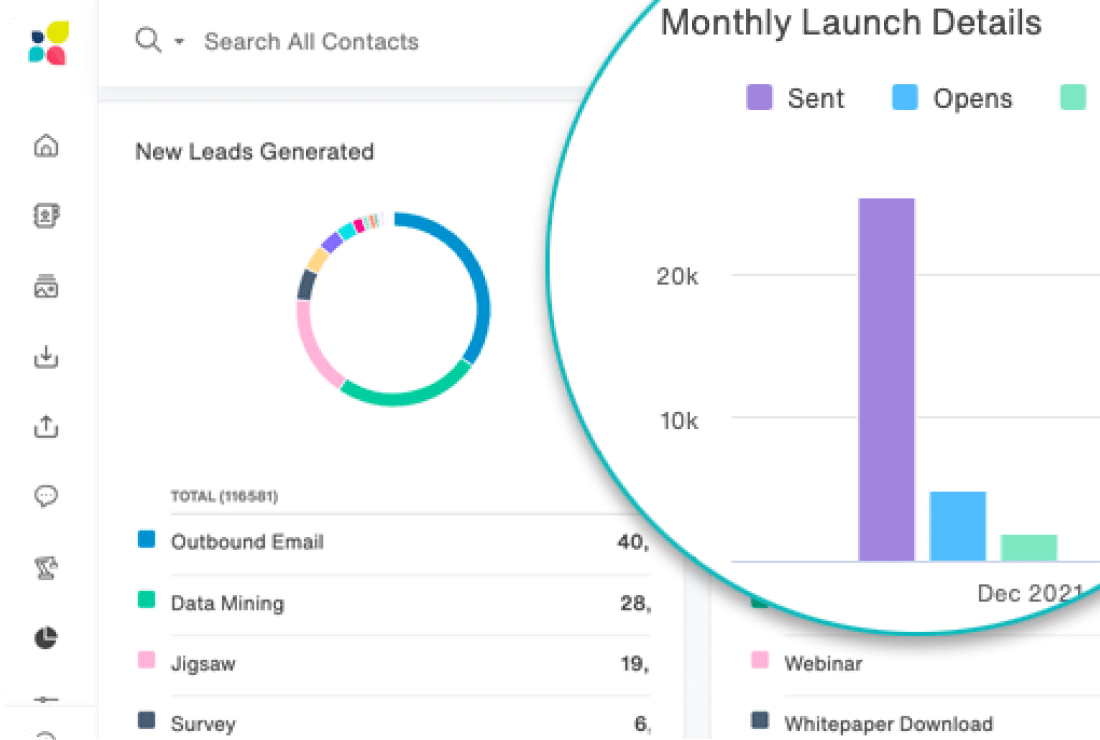
Meet Act-On.
Want to increase leads, boost conversion rates, and improve your marketing ROI? Of course you do. Focus on these six best practices to achieve big things through more advanced and effective marketing automation.
See Exactly How Act-On Beats Marketo Marketing Automation
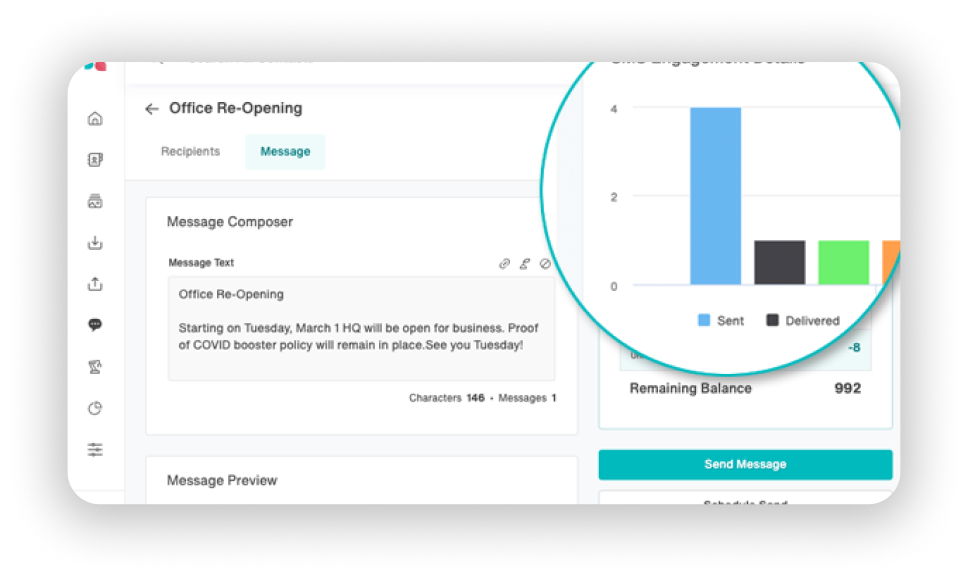

Marketing Automation Best Practices Guide: Going from Good to Great
Part 1: Marketing Automation Basics
What is Marketing Automation?
Before we get into the complexities of advanced marketing automation, let’s set a baseline with some core principles. At the simplest level, marketing automation makes it possible for teams to personalize campaigns and content at scale.
That concept may sound like an oxymoron, but here’s how marketers use powerful marketing automation platforms (MAPs) to make it happen:
- Automating repetitive tasks (like sending emails, building content templates and landing pages, analyzing data, and managing your contact database)
- Segmenting customers based on demographics and behavior
- Building repeatable campaigns to capture and nurture leads
- Tailoring content and messages within campaigns to resonate with specific audience segments
- Reaching customer segments with those targeted messages across channels (email, social, SMS text, display ads, etc.)
So, yes: effective marketing automation allows businesses to personalize content and messaging at scale. This helps marketing teams nurture and convert more leads and drive more revenue across the entire customer lifecycle. And with a solid strategy and powerful MAP, teams can reach and engage customers across the entire lifecycle, from lead generation to ongoing engagement, upsells, and advocacy.
Marketing automation, not email marketing
Let’s bust a common myth: marketing automation is more than just email sequences. A lot more.
No shade to email — it’s an incredibly valuable medium — but marketing automation’s power is unlocked when teams use their platform to reach customers across all kinds of channels. SMS text, social, display ads, and SEO can and should be part of a solid marketing automation strategy.
Automation also includes website tracking, segmentation, behavioral analytics, testing and refining messaging, campaign reporting, and a host of other activities that go way beyond any specific channel.
Email service providers don’t deliver those features. Marketing automation platforms — at least, the good ones — do.
- MAP: A Marketing Automation Platform is a software solution that enables omnichannel tracking, segmentation, personalization, and analytics at scale.
- ICP: An Ideal Customer Profile is a well-researched description of the types of companies that are most likely to be your most valuable accounts or customers.
- Conversion: A conversion is a specific, desired action that an individual takes as they interact with your company. Conversions can be making a purchase, signing up for a newsletter, filling out a form, registering for a webinar, downloading a piece of content — anything you can define and track in your marketing automation platform.
- MQL: A Marketing-Qualified Lead is a lead that meets certain criteria your sales and marketing team has set that deem it worthy of attention from your revenue teams.
- SAL: A Sales-Accepted Lead is a lead that your sales team believes is warm and relevant enough to warrant their attention.
- SQL: A Sales-Qualified Lead is a lead that the sales team has worked with enough to determine has a good chance of becoming a customer.
- Opportunity: An opportunity is a potential deal that the sales team is working with and likely to close.
- Lead nurturing: Lead nurturing means engaging with a prospect by sharing messages that educate and inform them about subjects relevant to your products and services over time — while tracking and monitoring their behavior.
- Drip campaigns: Drip campaigns automatically send targeted messages and content along specific time intervals (a continuous “drip” of content). They’re a tactic used to nurture leads, and the term is sometimes used interchangeably with “nurture campaigns”.
- Segmentation: Segmentation is the process of automatically categorizing your audience members based on demographics (like gender, location, or role); firmographics (like company size or industry); or behavior (like website interactions, email clicks, or content downloads). MAPs use segmentation to identify which prospects or customers should be enrolled in specific campaigns.
- Demand generation: Demand generation is the process of attracting potential leads and converting them into opportunities throughout the sales pipeline.
- Customer journey: A customer journey is the step-by-step process that a buyer goes through, from first identifying a problem to learning, comparing, and choosing a solution.
- NPS: Net Promoter Score is a widely used measure of customer satisfaction, based on one question: How likely are you to recommend our company/product to a friend or colleague?
- CSAT: A customer satisfaction score captures how a customer feels about a company at key moments, such as directly after purchasing, interacting with customer support, or during onboarding.
Key Marketing Automation Benefits
Ultimately, companies use marketing automation platforms for one simple reason: to make more money.
And a good MAP backed up by a solid strategy should absolutely deliver a positive ROI. But on a more granular level, there are a few key benefits of marketing automation that teams can expect to see when they invest their valuable time and resources in a robust platform.
You don’t have to just take our word for it. When we asked real B2B marketers why they use a marketing automation platform, they cited these specific reasons:
- Streamlining marketing & sales efforts (38%)
- Improving customer experience (34%)
- Minimizing manual tasks (32%)
- Improving customer engagement (30%)
- Increasing number of leads captured (28%)
But how do those impressive-sounding benefits actually happen through effective marketing automation campaigns? Let’s count the ways.
1) Align sales and marketing teams
Marketing and sales teams can have a love-hate relationship. And it’s usually because they don’t agree about lead quality, handoff processes, or communication styles. But when your marketing and sales teams work together to develop a marketing automation process, implement a robust marketing automation platform, and integrate it properly with your CRM, it forces everyone to get (and stay) on the same page.
2) Deliver a better customer experience
When you send your audience members more personalized content with marketing automation campaigns, they’re on the receiving end of a much more relevant customer experience. That usually means less of their time wasted and more value gained, which can drive conversions and satisfaction for the duration of their relationship with your business.
Because delivering a positive customer experience is helpful during the buying process, but can really be a game-changer for your satisfaction and retention during onboarding flows, adoption campaigns, and customer feedback programs.
3) Work more efficiently — and creatively
Using a MAP helps marketing teams work more efficiently. Instead of slicing and dicing data manually or building every new marketing automation campaign from scratch, you can replicate and repurpose landing pages, emails, and other templates to reach new audiences with tailored messages.
One of the key benefits of marketing automation is spending less time on mind-numbing repetitive tasks. This means marketers get to reclaim valuable hours and mental energy to spend on brainstorming, creative development, and making marketing fun again.
4) Improve customer engagement
A solid marketing automation process drives revenue by improving the overall results of your campaigns. That happens when prospects receive timely messaging and content that they actually care about and are interested in. More relevant content typically means more email opens and clickthroughs, more form fills, more content downloads, and more social likes or shares — in other words, better engagement.
5) Increase leads captured
Marketing automation also helps you get more leads in the first place. Adaptive tools and techniques that are built into your MAP like dynamic website personalization, social media marketing, landing pages, and contact forms will drive conversions and generate more leads. And since your messaging and content are targeted to specific audiences, those leads are more likely to be relevant and qualified to move through the sales cycle.
Phew. Now that we have a foundational understanding of the core principles of marketing automation in place, it’s time to build an advanced marketing automation plan.
Part 2: Advanced Marketing Automation
The good news, clearly, is that marketing automation powers more personalized marketing that drives more conversions while saving time.
The bad news? Lots of teams never get past using their MAP as a glorified email provider.
In our survey of B2B marketers, 71% reported using their MAP to do email marketing. But fewer than 40% could say the same for other channels and activities like social media, landing pages, paid ads, and campaign tracking. And fewer than a quarter of marketers were taking advantage of lead scoring, SEO, SMS marketing, and dynamic web forms.

Clearly, there’s a lot of value being left on the table when it comes to MAPs. So let’s explore six specific ways your team can move from the basics to more advanced marketing automation.
Step 1: Build a Marketing Automation Team
Machines can’t do everything (yet). Your marketing automation software is going to be exactly as effective as the team you have in place to use it. In fact, lack of resources, training, and knowledge are the top-reported challenges B2B marketers face when using a MAP.
So understanding how to structure your marketing automation team is the first step to achieving success.
The right team will look different depending on your company size, organizational structure, tech stack, and strategy. But there are a few functions that every marketing automation team will need:
Strategy
You’ll need someone with a big-picture perspective to set clear goals and develop a plan to reach them. Think of who would be accountable for measurable outcomes like increasing leads, improving conversions, or shortening the sales cycle — depending on your company size, this could be your CMO, marketing director, or demand gen leader.
System administration/marketing operations
Designate a team member (dedicated or shared) to be the administrator of your marketing automation platform. This person will do the day-to-day, nitty-gritty work of implementing and monitoring your programs.
Content creation
A more advanced marketing automation strategy requires ample content. Someone is going to need to create the ebooks, blog articles, case studies, videos, emails, and social posts that make up your campaigns. You don’t have to reinvent the wheel every time — the most efficient teams repurpose content in multiple ways, like turning a webinar into a blog post or updating a header image to appeal to a new industry. But you’ll still need to employ in-house writers and designers, use a content manager to handle outsourcing, or both.
In any case, this will be a key role (or roles) on your team.
Analytics
Measuring the results of your campaigns, A/B tests, and other endeavors are crucial. Your MAP will provide some built-in reporting, but since automation programs usually touch other parts of your marketing and sales tech stack, you’ll need to make sure someone in your department can compile and analyze all the data you’ll be generating to take meaningful action. Get your numbers-cruncher ready for action.
Additionally, marketing automation isn’t just about the marketing team. You’ll want to have dotted-line relationships outside of your department. Expect to loop in the following roles.
CRM Admin/Sales Operations
Your MAP and your CRM should be BFFs: constantly talking, swapping stories, and keeping no secrets. So expect to work very closely with your CRM admin to keep a two-way integration flowing (more on what that looks like in a moment).
Sales team liaison
Your sales team should play a big part in defining what MQLs, SALs, and SQLs will look like, and using the data that your MAP will pipe into your CRM (see, we warned you about the acronyms). Plan to have a sales leader or dedicated representative involved in building your automation strategy and bringing it to life across your teams.
No matter the size of your team, marketing automation can help you achieve big goals with less manual effort. You’ll just want to make sure the marketing automation platform you choose is a good fit for the talent you already have and isn’t overly complex or time-consuming to implement.
Step 2: Define Your Process and Priorities
Just like your marketing automation platform needs a qualified team, your team needs a thoughtful strategy. Without clearly defined and well-documented processes and priorities in place, it’s easy to get distracted by one-off projects or fail to ladder your marketing automation campaigns up to overarching goals. And nobody has time for that.
Get the most out of your platform by documenting a clear marketing automation strategy that includes answers to these important questions:
Key personas: Who are we trying to reach?
Define your ICP and narrow in on the industries, company sizes, roles, locations, or other attributes that are your current priority. If you don’t already have them in place, develop customer personas that will help your team create content and messaging that speaks directly to these key audience members.
Clear goals: What are we trying to accomplish?
Are you trying to increase your top-of-funnel leads? Do you need to shorten your sales cycle? Is your renewal rate suffering? Get your marketing, sales, and other leaders aligned on shared goals so you can prioritize which kinds of content and campaigns you’ll tackle first.
Develop KPIs: What does success look like?
Once you have goals in place, align on the key performance indicators that you want to hit. Maybe it’s a 10% increase in MQLs, a 3% increase in pipeline, or a 5% reduction in customer churn. Make these KPIs highly visible to rally your sales and marketing teams around achieving the same outcomes.
Step 3: Sales and Marketing Alignment
If your marketing team is simply blasting out emails in a silo, you aren’t getting the most value from your marketing automation platform. Your sales team should be in lockstep when it comes to campaigns, messaging, customer segmentation, lead scoring, and a host of other activities that take place in your automation platform.
Your MAP’s functionality should help your marketing and sales teams get more visibility and alignment around the customer journey. The closer your teams are working together, the more likely you’ll be to deliver a cohesive and positive customer experience. And when you’re all working from the same playbook for generating, scoring, and qualifying leads, you’ll waste less time and experience less tension around handoffs. (Not that sales and marketing teams ever see that happen…)
Integrating Your MAP with Your CRM
First, in order for your teams to work together, your respective tech solutions need to be fully integrated. As we mentioned, your MAP and your CRM should be in constant, two-way communication.
This requires a tight-knit integration, with data passing in both directions so that your sales and marketing teams are sharing information freely — no tedious manual labor or spreadsheet swapping required. A robust integration will give both teams a shared view of the customer and better insight into their buyer’s journey.
For example, the sales team should be able to see how a prospect has interacted with content and campaigns in the past, so they can better structure their one-on-one conversations to answer questions and address needs. And that visibility shouldn’t stop when contacts graduate to SQLs — those leads will likely continue to engage with your website or marketing channels, and their sales rep should be able to easily see what kinds of content they’re reading or watching. Your MAP should be able to alert sales team members when their leads engage in bottom-of-funnel activities like clicking on a case study, downloading a buyer’s guide, or opening an email about a free trial.
And the marketing team should have access to data like company size and deal status, so they can make content deliverables more targeted. Even simple touches like ensuring prospects receive marketing emails from their assigned sales rep go a long way towards delivering that cohesive, personalized experience that a well-designed marketing automation process promises.
None of this is possible without a powerful, bidirectional integration. And while it may be tempting to look for the kind of all-in-one solution some mega-platforms promise to deliver, sales and marketing experts agree that usually means one team has to make some big compromises. Instead, find a marketing automation platform with a robust integration with your sales team’s CRM of choice.
Bottom line: a solid integration between your MAP and CRM also means less duplicative or conflicting data, less wasted effort on poor leads, and fewer disagreements about lead scoring or handoffs.
Marketing Automation Campaign Example: See a CRM Integration in Action
Marketers at manufacturing brand BinMaster use a native integration between their MAP and their Dynamics CRM to set up automated marketing emails in both English and Spanish for all new prospects — including dynamic insertion of the photo, name, and contact info for the account’s relevant salesperson. This helps build personal relationships according to cultural expectations and helps international customers know where to turn for help. The marketing team also segments its audiences so they can send relevant messages about how its products are used by different industries.
Using Lead Scoring Effectively
Another way to get sales and marketing teams on the same page — and to keep prospects moving more swiftly through your funnel — is to use lead scoring.
Lead scoring is an objective approach to ranking and prioritizing leads, based on their demographics and/or behaviors. Sales and marketing teams work together to assign points to different demographics (like job title or company size) and behaviors (like visiting certain pages or downloading certain pieces of content). For example, visiting your pricing page would be a good indicator of a prospect’s likelihood to buy, so worthy of a high score. On the other hand, visiting your careers page is a signal this website visitor may be more interested in finding a job than buying your product, so deserving of a low or even negative score.
When your MAP and CRM are integrated correctly, you can use lead scoring to automate the prioritization and hand-off of leads from marketing to sales. Ideally, this means your sales team is focusing their time on the leads most likely to convert. And leads who aren’t quite ready for a conversation will stay engaged with nurture campaigns that help them learn more about your products in the meantime.
Marketing teams can also use lead scoring to segment and engage prospects. For example, you can reach out to a segment of low-scoring leads that have remained stagnant for a month or more with a long-term nurture campaign to try and re-engage their interest. Or, you could target a segment of high-scoring leads with your most compelling case studies and strong CTAs, like requesting a personalized demo. Hopefully, these lower-funnel content assets will help push them over the edge and be ready for a conversation with your sales team — in other words, move them from an MQL to an SQL.
Marketing Automation Campaign Example: See Lead Scoring in Action
Cloud services provider interworks.cloud uses its MAP to automatically score types of lead interactions throughout the customer lifecycle, with the ultimate goal of engaging prospects to ask for a demo. Scoring behavior helps determine how leads are segmented and nurtured, and when a certain threshold is met, a lead is escalated to an SQL within the MAP, which sends a trigger notification to the sales team via their Microsoft Dynamics CRM.
Defining MQLs, SALs, and SQLs
As we described earlier, MQLs are leads that meet specific requirements to be deemed worthy of attention by the marketing team. This could be as simple as having the lead’s first and last name, and their company name or size. You could include criteria like which channel they came from, or exclude leads based on undesirable attributes like using a @gmail.com email address.
SALs are leads that have met MQL requirements, and that the sales team has investigated enough to agree they can follow up with. For instance, they may have successfully initiated a conversation or confirmed that the lead is in a relevant-enough position at a relevant-enough company that they could feasibly become a customer.
And SQLs are leads that have been thoroughly vetted by the sales team, who now have an understanding of the buying cycle timeframe and know how to follow up with influencers or decision-makers.
When your marketing and sales team work together to define these different stages of a lead’s lifecycle and document them in your MAP and CRM, alignment happens.
And given the findings that sales teams typically believe only 44% of MQLs are actually promising, this collaboration will help everyone avoid wasting time — and remove excuses for failing to follow up on good leads.
Step 4: Build a Marketing Automation Process
With the right team members in place, well-defined strategic goals, and key allies in sales, you have all the pieces in place. You deserve a cookie — the delicious kind, not the tracking kind.
Now, it’s time to assemble the pieces and create an effective marketing automation process.
Creating a Customer Journey Map
Go beyond the basics (and chaos) of batch-and-blast emails by tailoring your campaigns to well-documented customer journey maps. These visualizations help your marketing team understand the different steps your most important personas take as they move from would-be leads to longtime customers.
With this clear picture in mind, you can be ready to put the right content in front of them to answer their questions and meet their needs at the exact right time. And customer journey maps are proven tools — companies that use them are twice as likely to outperform competitors that don’t.
This is partly because customer journey maps allow different teams within your company to see the big picture and work from a shared understanding of how customers move from research to purchasing and beyond. Marketing, sales, customer support, and other teams can use the same customer journey map to understand their role in the context of the grand scheme of a customer lifecycle and help deliver a cohesive brand experience across departments.
Building a customer journey map involves developing buyer personas, conducting research, identifying communication touchpoints, uncovering positive moments and pain points, experiencing the whole journey yourself, and creating a visual map. Journey maps can be simple or complex, depending on your appetite for and attention to detail. And you can constantly hone and improve your customer journeys based on data.
For example, steps along a customer journey map could include:
- Visiting multiple pages on your website
- Registering for a webinar
- Reading an ebook
- Checking out a pricing page
- Downloading a comparison tool
- Contacting the sales team or requesting a demo
- Completing a purchase
- Renewing a subscription
A good marketing automation platform will have built-in mapping capabilities to use personas, behaviors, and segmentation to create visual representations of your customer journeys. You can then use these journeys to plan your content and campaigns. It’s time for your marketing dreams to come true.
Marketing Automation Campaign Example: See Customer Journey Maps in Action
Financial product comparison website RATESDOTCA uses educational content to engage with their customers, but was struggling to deliver the right information at the right time via their email service provider. After switching to a marketing automation platform, the RATESDOTCA team used their MAP’s journey builder to develop personalized campaigns and automate renewal processes using complex conditional logic and dynamic content. Their updated strategy helped them reach customers through new channels like SMS messaging and beat ambitious target goals.
Segmenting Your Audience for True Personalization
Just like marketing automation is more than email, personalization is more than inserting a first name into an email header. After all, it’s not 2008 anymore.
True personalization — the kind marketing automation platforms make possible — is all about messaging. It’s about tailoring your talking points and content deliverables to different personas at different stages of their customer journey.
Here are just a few ways you can use segmentation as you advance your marketing automation process:
- By industry: sharing an ebook on manufacturing for one segment and financial services for another
- By role type: linking to an article about management challenges for one segment and C-level concerns for another
- By customer journey stage: targeting a top-of-funnel segment with a paid social post featuring a “getting started” guide while a bottom-of-funnel segment sees an ad for an in-depth case study
Building Content that Converts
Advanced marketing automation requires a deep bench of relevant content. And content is notoriously time-consuming to create, so you’ll want to make every piece count.
To get the biggest bang for your content buck, go back to your strategy and prioritize accordingly. Map your content to your customer journey, with specific versions tailored for your highest-priority audience segments.
Here’s a breakdown of the content types you’ll want to have ready for each stage:
Top-of-funnel content: Think blog posts, videos, and articles that center on the problems your would-be leads are facing. This content is not about your company or your products (yet). It should mostly be ungated, and you can track website behavior through your MAP’s tracking beacons. Choose content that includes internal links to other articles or posts so these early-stage visitors can continue to explore your other resources on their own.
Mid-funnel content: Choose ebooks, guides, whitepapers, and webinars that delve deeper into the possible solutions for your audience’s problems. This content should be valuable enough to ask for contact information in exchange for access. And once you get an email, make sure your initial content offering is followed up with a highly relevant engagement campaign.
Bottom-of-funnel content: Case studies, demo videos, buyer’s checklists, and comparison tools should help build your credibility as your leads make a decision about which possible solution is right for them. Ideally, it’s yours — and by now, they trust you because of all the helpful information you’ve been providing at every step along the way.
Use your own data to inform your content planning and creation. Pay attention to what content types, or specific pieces, get positive engagement in your existing campaigns. Tweak it for different industries or roles, or address the same subject with more depth for a segment further along in their customer journey.
And here’s a fun hack: you can use PPC campaigns to quickly test messaging and design, or look at your organic traffic to see what kinds of long-tail keywords you may be ranking for. That’s a good sign those blog posts could be helpful for midfunnel campaigns, or ripe for repurposing for another industry or persona.
Capturing Better Lead Information
Basic lead capture means a gated asset asking for first name, last name, and email. But you’re not basic.
Your MAP should unlock more advanced approaches to lead capture, like personalizing web content and landing pages based on customer segments. Or, you can use progressive profiling and dynamic forms to gather new information from the same prospect as they continue to engage with your content.
And you’ll want to follow best practices like using double opt-ins to make sure your leads are providing legitimate information and really want to hear from you. Using double opt-ins reduces the chance of adding spammy addresses to your database and improves your sender reputation (more on that in a minute).
Finally, test everything. Taking your lead capture capabilities to the next level means delivering the highest-converting headlines, graphics, CTAs, and content offerings. Your marketing automation platform should enable you to run A/B tests on your emails, landing pages, and other touchpoints so you can make data-backed decisions rather than relying on your team’s collective taste. (No offense.)
See Lead Capture in Action
Full-service agency The Marketing Guys uses its MAP’s progressive profiling capabilities to capture information about leads during webinar registrations. That data helps refine future engagement, such as sending industry-specific whitepapers about marketing technology.
Nurturing Leads
Nurturing leads along the customer journey is the meat and potatoes of marketing automation. And lead nurturing can take time — a long time. Some companies see 18-month to three-year sales cycles, so having powerful automation helps keep contacts engaged and keep your company top-of-mind throughout the process.
Take advantage of marketing automation opportunities to engage with leads through advanced nurturing programs, including:
Automated email programs
- Engage leads with different messages based on behavioral triggers, like clicking links or downloading content
- Enroll leads in drip sequences based on demographics, like persona or company size
Trigger emails
- Send automated emails based on actions like abandoning a shopping cart or on specific dates like a birthday or anniversary
Funnel reports
- Analyze performance to evaluate your winners and losers, and hone your programs’ content, segments, or triggers
Timed sends
- Always test your timing, and be careful to avoid over-sending or appearing spammy
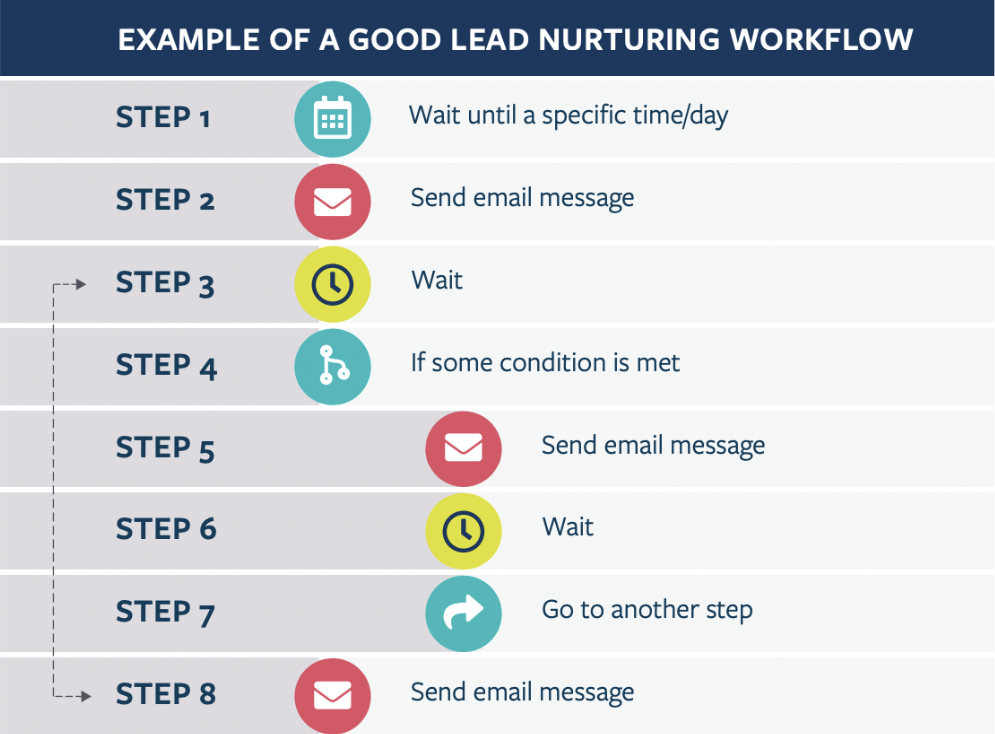
See Lead Nurturing in Action
Our marketing team here at Act-On updated our own lead nurturing program to segment new leads based on their familiarity with marketing automation software. We included two CTAs in a welcome email: “Learn how to get started” and “Improve your current strategy”. Based on which link a recipient clicked, we enrolled them in different branches of our program. The former received introductory articles and more top-of-funnel content, while the latter received more advanced insights that wouldn’t be too elementary. Early results, including open rates, are quite promising.
Reviving Old Leads
Some leads are stubborn. And slow. Advanced marketing campaign automation should include a strategy for dealing with leads that just never seem to budge along their customer journey. And these re-engagement campaigns shouldn’t come as a last resort after months of inactivity — they should be early enough that your emails are still landing in your contacts’ inbox rather than their spam folder, where they’ll likely never see the light of day.
So instead of waiting for months, plan and implement re-engagement campaigns that begin within four to six weeks of a lead’s last activity. And use direct language for final attempts or sunsetting campaigns, with subject lines like “Do you still want to hear from us?” that make your intentions clear and are more likely to prompt action from leads you still have a chance with.
Finally, follow the golden ratio: no more than 20% of your daily sends should be re-engagement campaigns. And if they’re just not that into you, it’s time to let them go.
Step 5: Automate the Customer Journey
Marketing automation starts with demand generation, but there’s no endpoint to how this powerful tech can improve your customer experience and drive revenue. With a more advanced approach, your marketing automation platform can facilitate better communications and build long-lasting relationships throughout the customer lifecycle.
Here are a few post-conversion opportunities to deploy for advanced marketing automation campaigns:
Onboarding: Start a customer’s relationship off on the right foot with time-specific, behavior-driven onboarding campaigns. Share relevant help articles, tutorials, FAQs, or other support content over a new customer’s first few weeks post-purchase.
Adoption: If your product has multiple users per account, engage every contact to drive product adoption and help your customers get as much value as possible from your product. With the right tech integrations, you can send emails based on account creations, sign-ins, or other behavioral triggers.
Customer feedback: Use your MAP to deploy customer feedback surveys, like NPS or CSAT. Then, you can segment respondees by their satisfaction level, and deliver relevant messages to address their needs or drive advocacy.
Referrals: Automate referral or testimonial requests from your happiest customers, and enroll their referred contacts in tailored sequences to capitalize on these already-warm leads.
Upsells: When renewals, upsells, or cross-sell opportunities come up, save time for your customer success team by automating messages and nurturing existing customers toward the next step in their purchasing journey.
Marketing Automation Campaign Example: See Upsells in Action
Marketers at Midwest-based Centra Credit Union used their MAP to build a specific list of existing Members that didn’t yet have a certificate, but would be likely candidates to open one. They segmented and targeted non-certificate Members that were 18 years and older and had engaged with email in the last 60 days, and enrolled them in a sequence of three educational emails with educational content and CTAs. The seven-week campaign was wildly successful, leading to $10.5 million in new deposits — and since it’s entirely repeatable, the marketing team can run the campaign on a regular basis to new lists of Members.
Step 6: Maintaining and Cleansing Your Database
Data cleansing may sound like a chore. But just like cleaning your room when you’re a teenager, it’s easier if you keep up with it (and you’ll make your mom proud). And you’ll see better results from your campaigns when you make it a regular habit.
That’s because your marketing automation process is only as good as your customer data. Keeping your MAP database clean and tidy will help you save time and keep your email deliverability at its highest level.
Advanced users know that sending emails to unengaged contacts can damage your ability to reach your customers. That’s because email providers like Gmail judge your company’s “sending reputation” in part based on how much your recipients open, click, and engage with your emails. When your messages sit unopened and are ignored by too many stale leads, it can put your ability to reach every audience member at risk.
Another potential pitfall is when you send emails to invalid recipients, like an employee who left a company or changed their email address. Those emails will drive up your hard bounce rate, which can also hurt your sender reputation.
That’s where re-engagement campaigns, as we described above, will come in handy to root out inactive leads who may no longer want your messages. And advanced marketers will use sunsetting campaigns to actively purge those addresses from send lists altogether.
Your MAP should include deliverability support as part of its core features and services to help you maintain high sending performance and make every email count.
Start improving your marketing automation performance
Ready to start improving your own marketing automation performance? Make sure you have the right platform in place — with the support your team deserves.
As we’ve covered in thorough detail, marketing automation can be a complex business. That means too many MAPs can fall victim to clunky interfaces, difficult onboarding processes, bloated cost of ownership, and lackluster customer services.
Instead, look for a specialized platform with award-winning support and a proven track record of helping companies succeed with marketing automation. Get started with our guide to choosing a marketing automation solution — or, get a demo of the Act-On marketing automation platform. We’d love to show you around.
Many Integration Options
Flexible Integrations: We Fit In With Your Mar-Tech Stack
Great marketing automation requires good customer data for lead scoring, segmentation, and nurturing. Without information flowing between all your systems, your dreams of personalized campaigns will be dead on arrival.
Customer Relationship Management
With five major native CRM integrations (compared to Marketo’s two), Act-On far outpaces Marketo in choice and flexibility for your martech stack. And since our partners include the most popular webinar, data, and ABM providers, you can plug and play with the best players in the martech landscape. In other words, we like to play well with others.
Successful Companies That Trust Act-On:





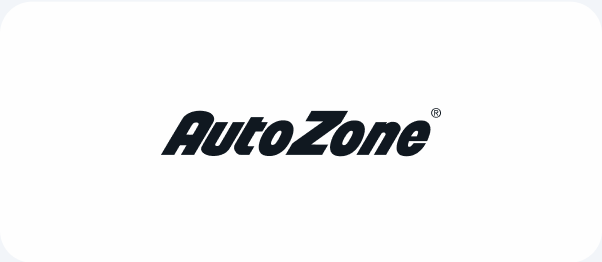







Act-On Is The Best Fit For Your Business
Simply put, you can run your marketing machine on Act-On or Marketo. But Act-On saves you all the potential headaches and extra costs Marketo brings with it. Our platform is easier for your team to use, better for your bottom line, and provides more personalized and attentive customer support.
Do you believe your team deserves a marketing automation platform they’ll love to use? If so, get a personalized demo of Act-On today.